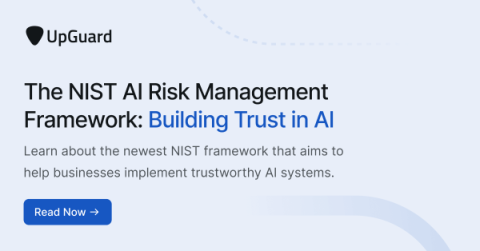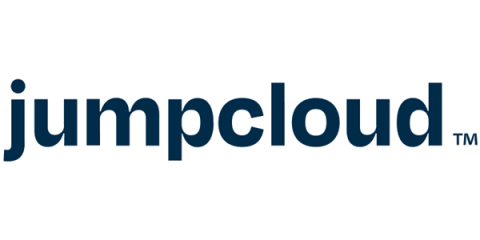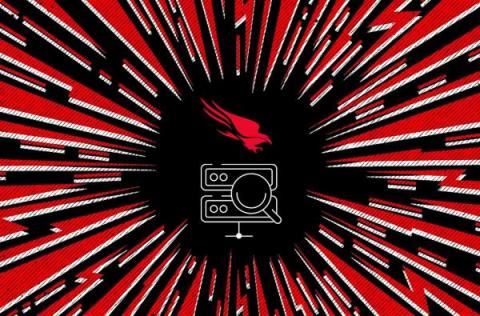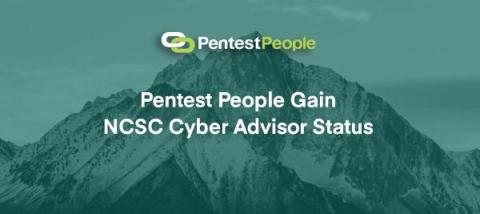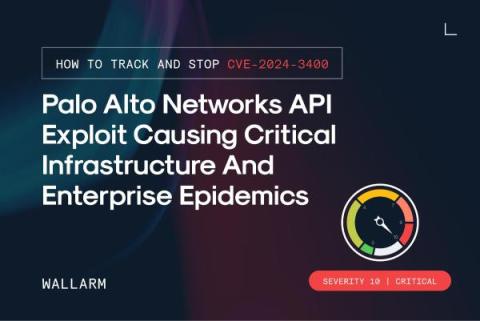What Is an Axon Agent, and Why Do You Need One?
The number of endpoints in an organization often exceeds the number of employees. Managing these often disparate entities is more than a full-time job. Moreover, keeping them secure is equally difficult, yet securing all of your endpoints against cyber threats has become paramount for organizations worldwide. A common oversight that undermines these security efforts is the misconception about data volume versus the necessity for comprehensive data collection.



